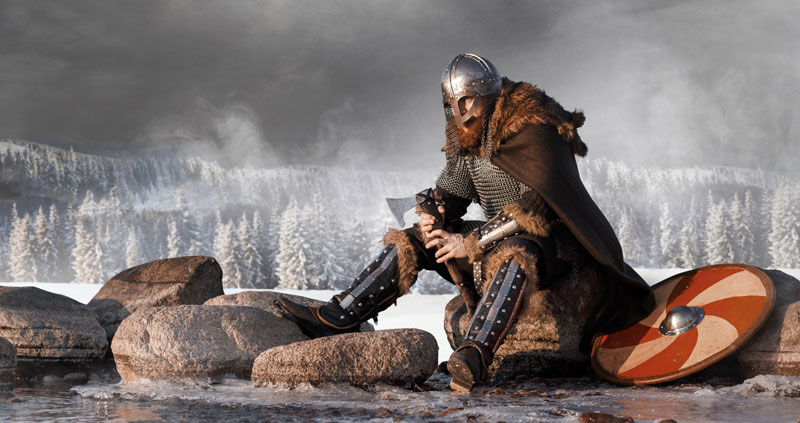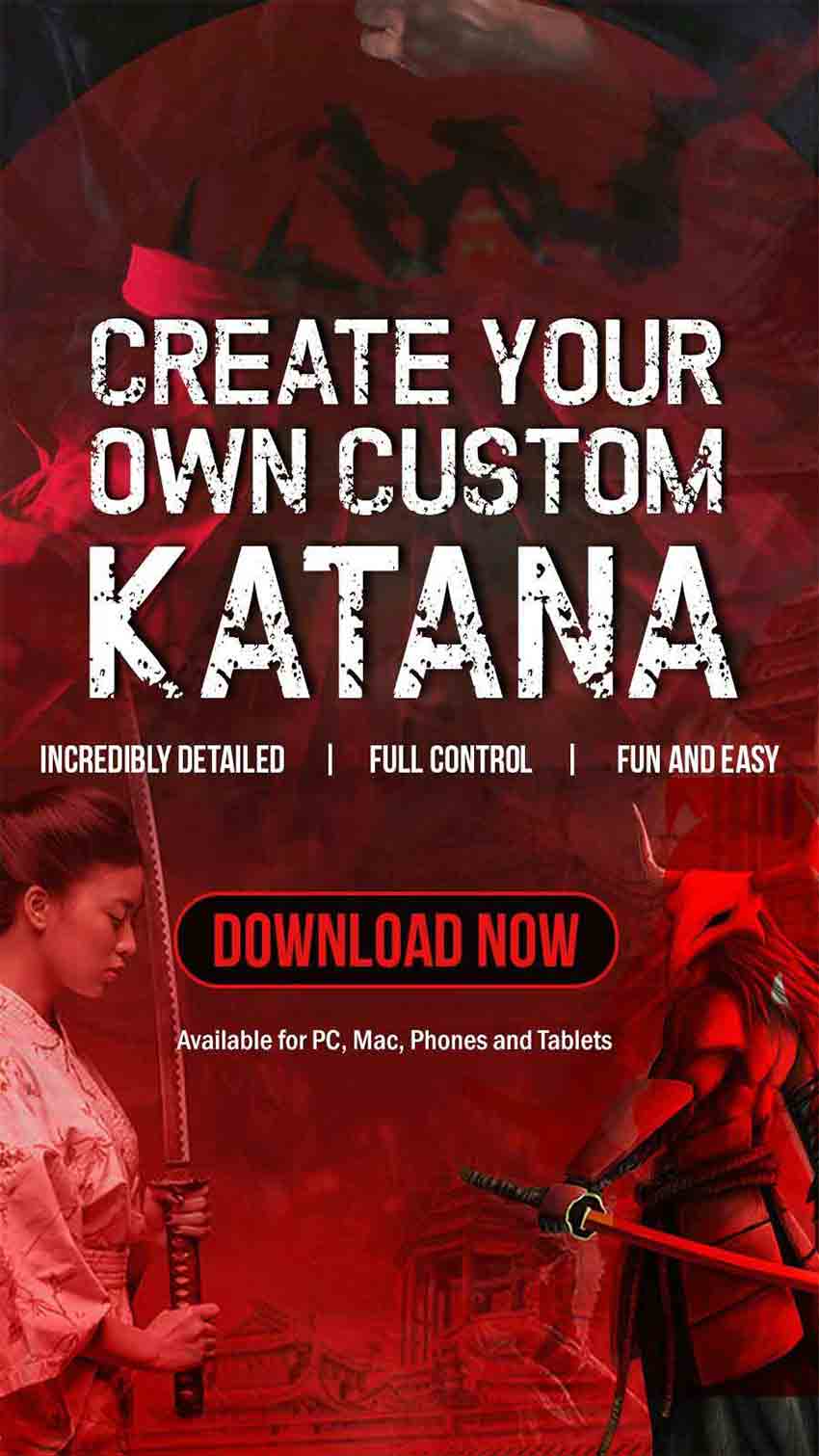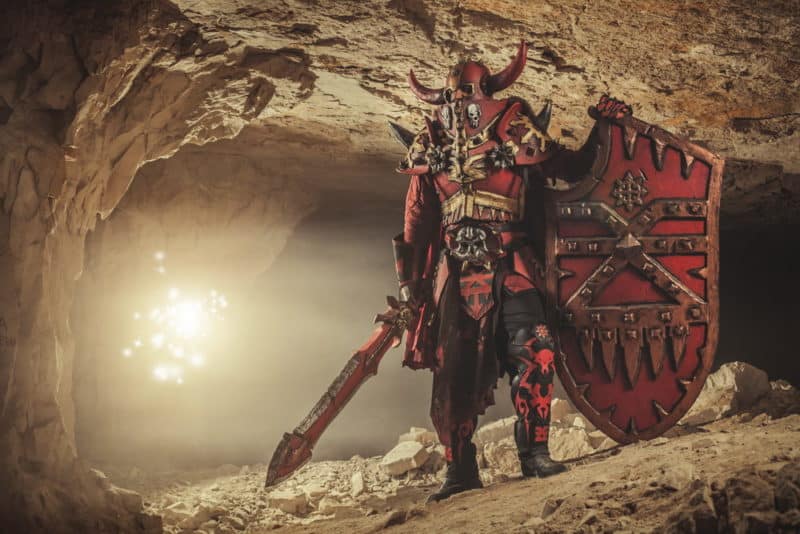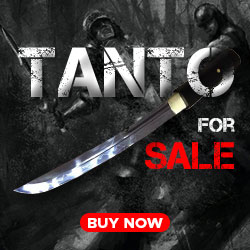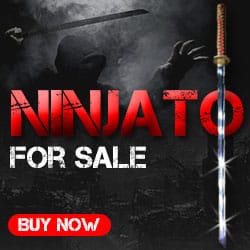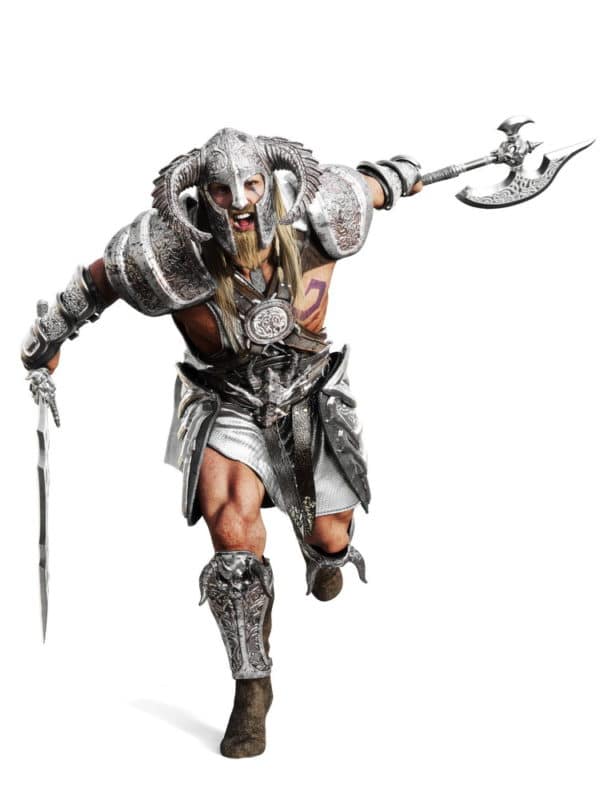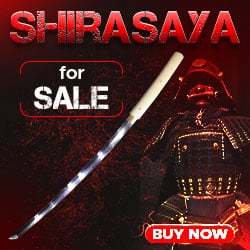Viking Weapons and Armor
Viking Armor
Viking Armor
Acquiring the knowledge and ideas about the Viking armor is primarily based on the numerous archeological discoveries, pictorial representations, as well as the recorded notes on the Norse sagas from the thirteenth century.
Based on customs, all of the free Norse individuals were obligated to own certain types of Viking armor and weapons that they were allowed to carry at all times; this rule was claimed to have been given by Odin, the revered God from Norse mythology.
In history, battles and war were considered as some of the most influential activities during the Viking age; and for the warriors of this period to show off their status and wealth, it was necessary for them to have beautifully-made and intricately designed weapons that were composed of the wooden shield, spear, and a sword.
Those who were very well off could also have quality Viking armor with them such as the helmet while the most expensive armor was limited to the professional warriors and the noblemen. Farmers also had their own weapons yet were limited to carrying the shield, a spear, and the common axe or seax (large knife).
The Viking Armor
Aside from the numerous weapons that warriors wielded in battle, it was also necessary for them to have a good set of Viking armor for protection. All in all, these are made up of the following:
- The Helmet
- Lamellar
- Cloth and Leather
Helmet
In this modern-day and age, there is only one Viking helmet that exists and is considered as a complete example of one of the Viking armor from the past.
This helmet is said to have been excavated on a farm in central Norway, and this is called the Gjermundbu in Ringerike; the farm can be located in a village that is in the Northeastern area of Honefoss, Buskerud.
As for the helmet, it dates all the way back to the tenth century and is made from pure iron; it takes the shape of a peaked or rounded cap and features four patterned plates that were based on the Spangenhelm.
The helmet also features a rounded cap as well as a spectacle guard located along with the nose and eye area, forming a mask to protect one’s face.
The eye-guard particularly suggests a close similarity between the earlier helmets from the Vendel period, and from the Runestones and other beautiful illustrations, it is depicted that these warriors utilized much simpler helmets that often appeared as caps with a simple protective nose guard.
There is also no known evidence about Vikings wearing their huge horned helmets during fights despite it being highly possible that the horned equipment was utilized for various ritualistic activities; it was only in the nineteenth century of the Romanticism period did they associate the known winged and horned helmets with the Vikings in popular mythology.
The mail is known as a Viking armor that was most likely worn over very thick clothing since a mail shirt protects the Viking warrior from getting cut. However, the mail does not necessarily protect the wearer from stabbing attacks and blunt trauma from sharp and pointed weapons such as the spear.
The challenge of actually acquiring the mail Viking armor was due to the fact that the gear required thousands and thousands of interconnected iron rings that needed to be attached together by hand; as a result, this type of armor was extremely expensive during the early medieval period in Europe which is why the men of status and wealth were the only ones who buy Viking armor such as the mail.
The Viking armor mail utilized by the Viking warriors were most likely the four in one kind wherein the riveted or punched metal rings are all linked by one sturdy riveted ring; these types of mails are called the Byrnie.
Traditionally, these warriors were known to have preferred to utilize body armor made of leather or nothing at all since wearing heavy armor was considered to be expensive and quite troublesome to use.
Moreover, it is also said that the Vikings on raid tried to avoid battles that were pitched which is why it was highly possible that the mail was only utilized by the professional Viking warriors who charged into battles such as the mid-ninth century’s Great Heathen Army in England or at the Battle of Stamford Bridge in the year 1066, Northumbria.
Lamellar
The Lamellar is created from the lamellae and is first attached together in perfect rows before being tied firmly together; normally, this would overlap upwards.
The Lamellar Viking armor originated from the Byzantium then was later adopted by the Carolingians to a limited degree; additionally, there are some evidence and historical notes depicting that the armor was made from leather or horn.
Over thirty Lamellar Viking armor was acquired in Sweden in the years 1877, 1934, then from 1998 to the year 2000. The acquired armor was said to be dated from the same period as the mail shirt from Gjermundbu; this armor featured a series of little iron plates that are fixed together or sewn to a leather cat shirt.
Cloth and Leather
From stories and sagas that were written, it is said that lower status Vikings utilized cloth and leather for protection; additionally, a gambeson or quilted cloth is also believed to have been another option of the lower-ranked Viking warriors.
However, even if this is the case, there are no actual references for this information. Most of the Viking armor was located in various graves yet these types of equipment have survived poorly in such areas; also, there were no reports regarding any archeological finds.
Viking Armor for Sale
The Viking armor and weapons are some of the equipment that people learn about in movies, stories, stage plays, and more, so it is generally something that hobbyists would want to have to add to their collection.
There are numerous online shops that sell Viking armor for sale and one can simply choose which items they prefer depending on the needs and wants of every individual. However, it is always important to first check if the shop or seller is legitimate, and that they offer weapons and armor that are made from high-quality and durable materials.


